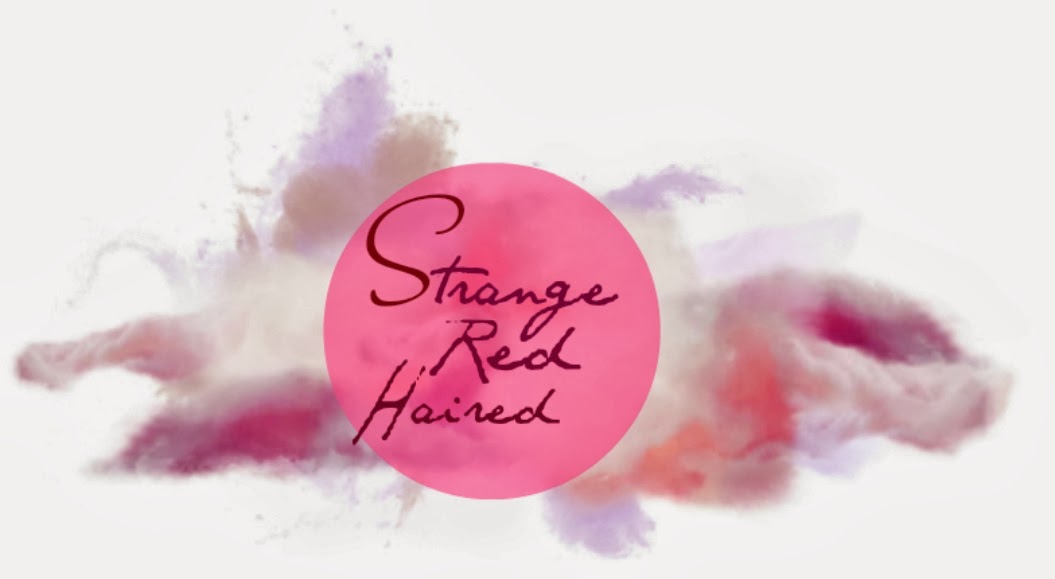I was attracted to the touch of Matthew Troy Mullins’ paintings when I saw them in the recent UC Berkeley MFA show at the Berkeley Art Museum but was about to be less interested in them because I was pretty sure artists have already had enough to say about archives and taxonomies. I was wrong! Matt Mullins has a unique way with this subject that comes from his fairly uncomplicated delight in the idea that people are able to make sense of their world by lining things up. He is a recent graduate of the Berkeley MFA program. His large scale watercolor and gouache paintings document cactus collections, bookbinding machines, fishing equipment, stacks of newspapers and other treasures from archives and museum collections in the Bay Area. I sat down to talk with him during his show at Martina }{ Johnston Gallery in Berkeley, Calif. I asked him a lot of questions about watercolor paintings and his feelings about people who build archives.
K: How did you start making watercolor paintings?
M: Whenever I see contemporary watercolor paintings, I feel like it’s used looser, not all the way built up. I went from oil to acrylic, and then to watercolor. I was starting to get this skin allergy on the hand that I was using the painting rag on, also at the same time I was starting to use straighter edges. At the time I was painting images of construction sites, and the plastic feeling of acrylic worked really well for the hard edges in the construction sites. The problem I was having was that I wanted to see the whole painting grow up together – with the masking I was using I couldn’t really see the whole painting all at once. I was like puzzle pieces. If I wanted to peek I could take the whole thing off at once but I never felt like there was any flow. It felt mechanical to make them, and they looked mechanical. With the watercolor each edge shows out from under, the process is visible in the end product.
K: How would you describe your relationship to your photographic reference?
M: I like a photorealism where you still see all the brushstrokes and you think it may fall apart – sort of teetering between a really slick, absolutely finished surface and being able to see all the ingredients. I don’t want it to be an attempt at perfection. I like how imperfection shows humanity. I like limitations. I do like to push the paintings to a point where it is impressive. I like challenging myself to do something that seems difficult at the beginning of the process.
K: Do you think technical feats in watercolor are more surprising to people than in oils?
M: Maybe to people who are familiar with watercolor painting, because they know that you have to leave the whites. Oil is just a whole different set of challenges. These paintings don’t make the normal associations you have with watercolor, you know paler and looser. I think that does come as a surprise.
K: When you switched over were you expecting to surprise people?



